American by birth, Swiss by imprint
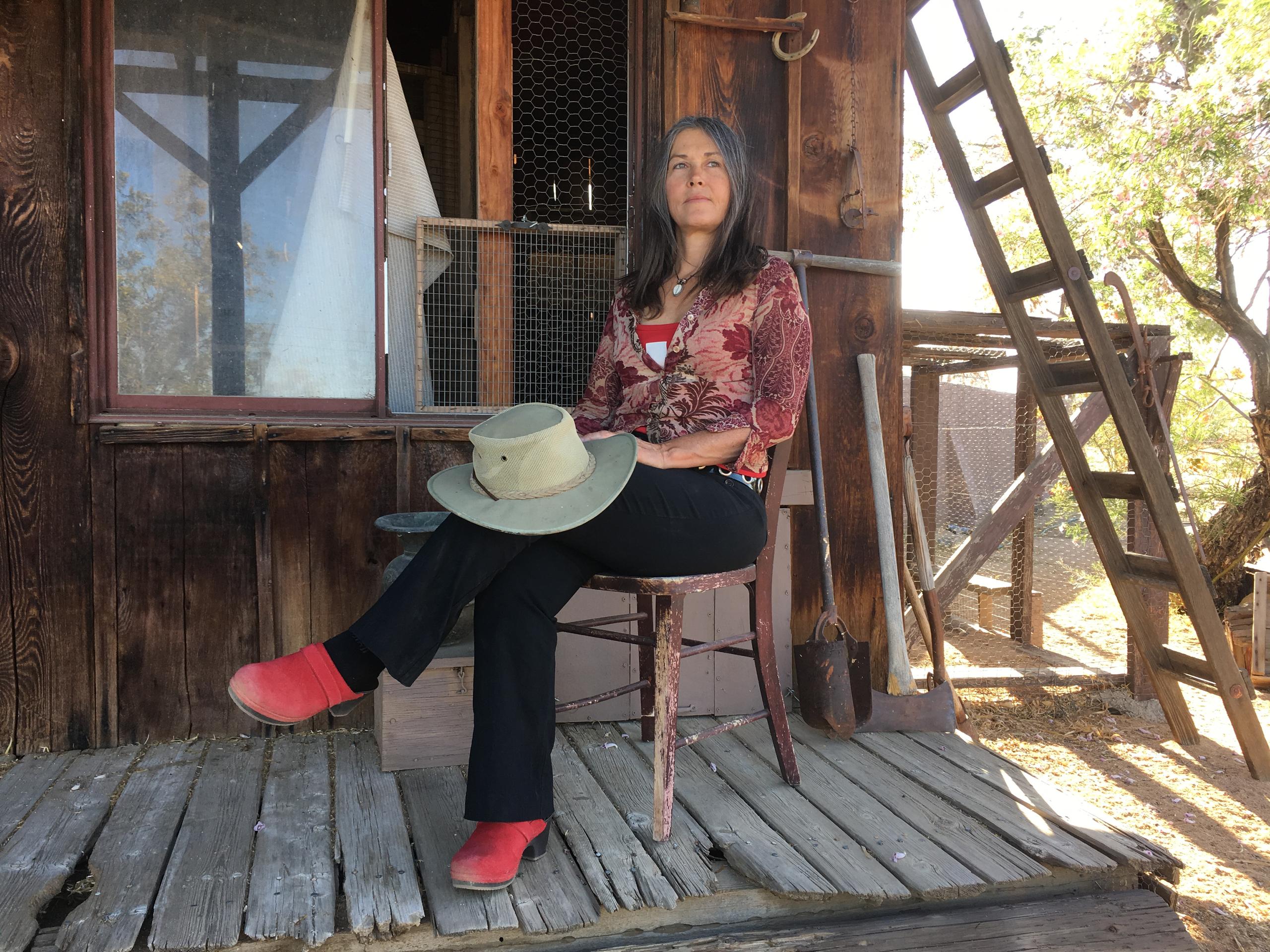
A dog sits on a wooden sleigh bed, chewing on a rabbit bone. The bed seems outsized in Claudia Bucher's small cottage. But it’s understandable why she keeps it. It’s one of the few possessions she has from her eccentric Swiss father.
The bed has travelled from Florida swamplands to the lawn of the Getty Museum in Los Angeles to its current resting place in an adobe home near Joshua Tree in California.
“It’s a family heirloom,” Claudia says. “For a while this was the guest bed, and we had all these illustrious characters like William Burroughs sleeping on it. And for a while it was my bed and I’d have to give it up so a visiting artist could sleep on it.”
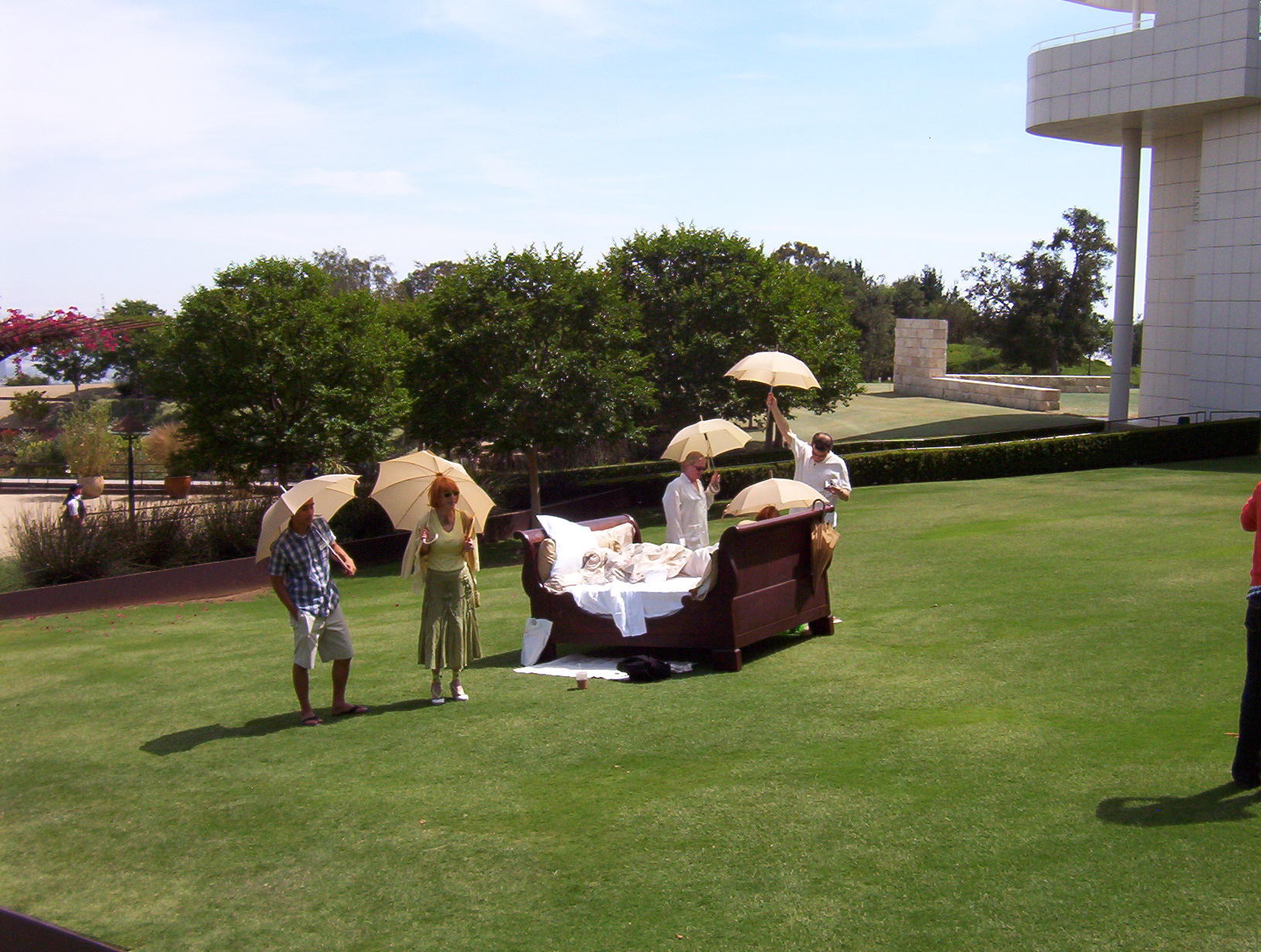
An art history professor by day, Claudia’s father François Bucher had a vision of building an artist and writers’ colony in Florida. He started by buying up plots of swampland near Tallahassee.
“I would go out in the pick-up truck with him. The first order of business was putting in some roads. We’d go traipsing through the bush. We’d be completely mosquito bitten, but it was so typical of my dad, I couldn’t complain. He’d say: ‘You have to use your Zen mantras. I’ve taught you these mantras. Just endure it and power through’,” Claudia recalls with a laugh.
“He was trying to woo all these artists and writers and trying to seduce them into purchasing a plot of land from him. And he did get the writer William Burroughs. I think he paid with some manuscripts but he never really came and did anything, and ended up selling his plot back to my dad.”
A few people did buy plots but the colony never really took off and François instead turned the site into a retreat centre. But just as it was getting going, he became sick. Frantic for this to become his legacy, he became obsessed with the project, isolating himself from his two children and eventually leaving the centre and most of its valuable artworks and booksExternal link to The Collins Center for Public Policy when he died.
Soccer dad
Fifteen years on, now an accomplished artist working between Los Angeles and Joshua Tree, Claudia acknowledges her father had a big influence on her.
“My dad was a soccer dad in terms of art, pushing it on me. I did experience a lot of pressure from him to be creative and pursue artistic things.”
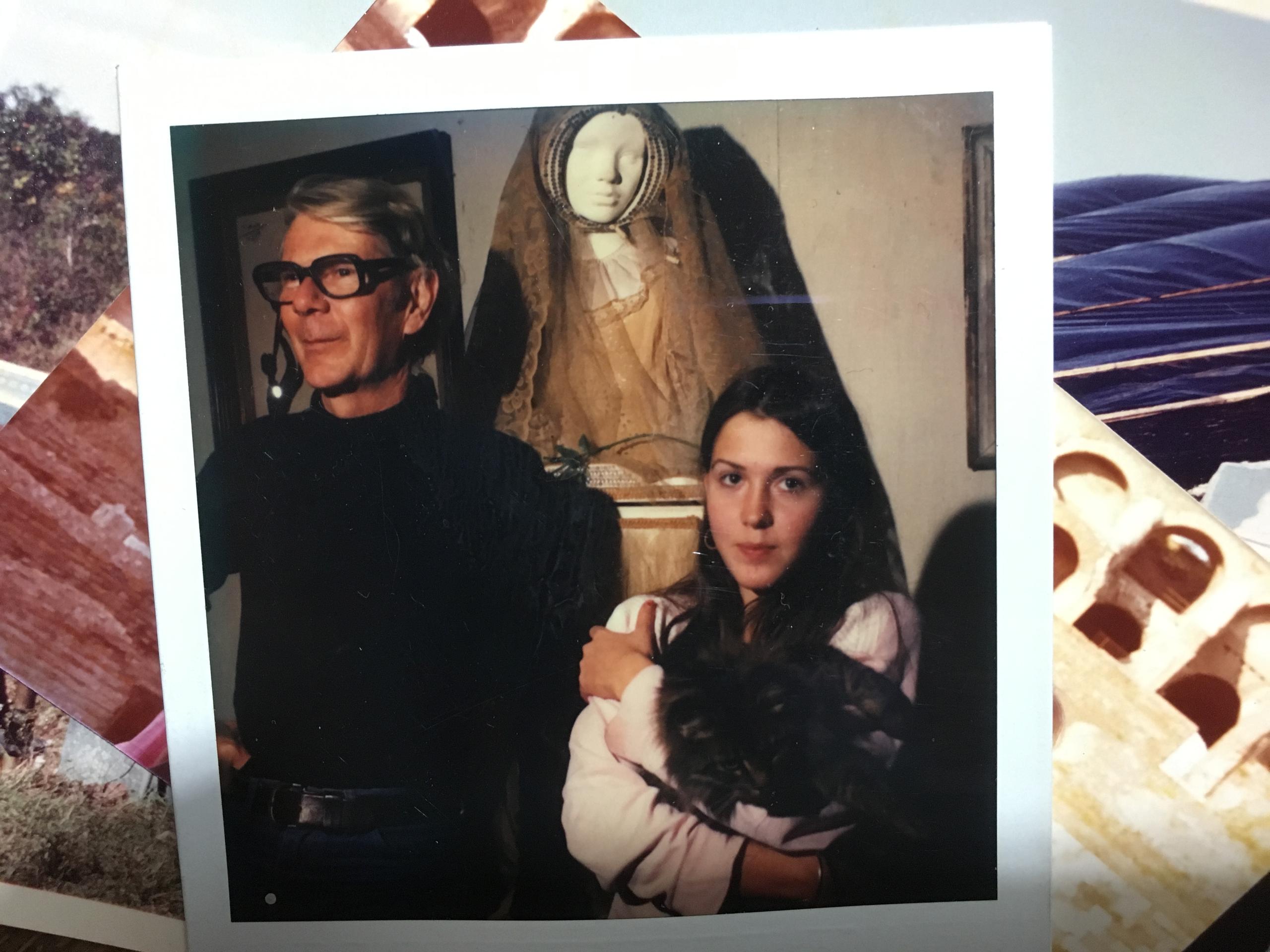
From early childhood, art featured heavily in Claudia’s life. “I grew up in this world with my dad as an art historian, surrounded by all these artists, from infancy, and saw that as a model.”
An early visitor to the family home was Swiss naïve mystical painter Willi Hartung, who Francois helped get shows in the US.
“When I was three or four, he was having an exhibition in the area and brought me a gift. It was this big box of building blocks, and it had a huge impact on me and became my favourite thing. Sometimes I feel like Willi Hartung is responsible for me becoming a sculptor because I just took to it instantly. I constructed shapes and forms and it was literally my favourite activity until I was nine.”
Bucolic days
François had moved to the US from Switzerland as a young man in the late 1950s. In the summer holidays, he would return to Switzerland with his American wife and children.
“My grandparents had a farmhouse,” says Claudia. “It was surrounded by cow pastures. I have this really distinct memory of having fresh warm cow’s milk that was just amazing. I was a year old. It was this heavenly experience. My very first memories are very rural and bucolic.”
Throughout her childhood they visited the family home in Zurich and the farmhouse near Bern.
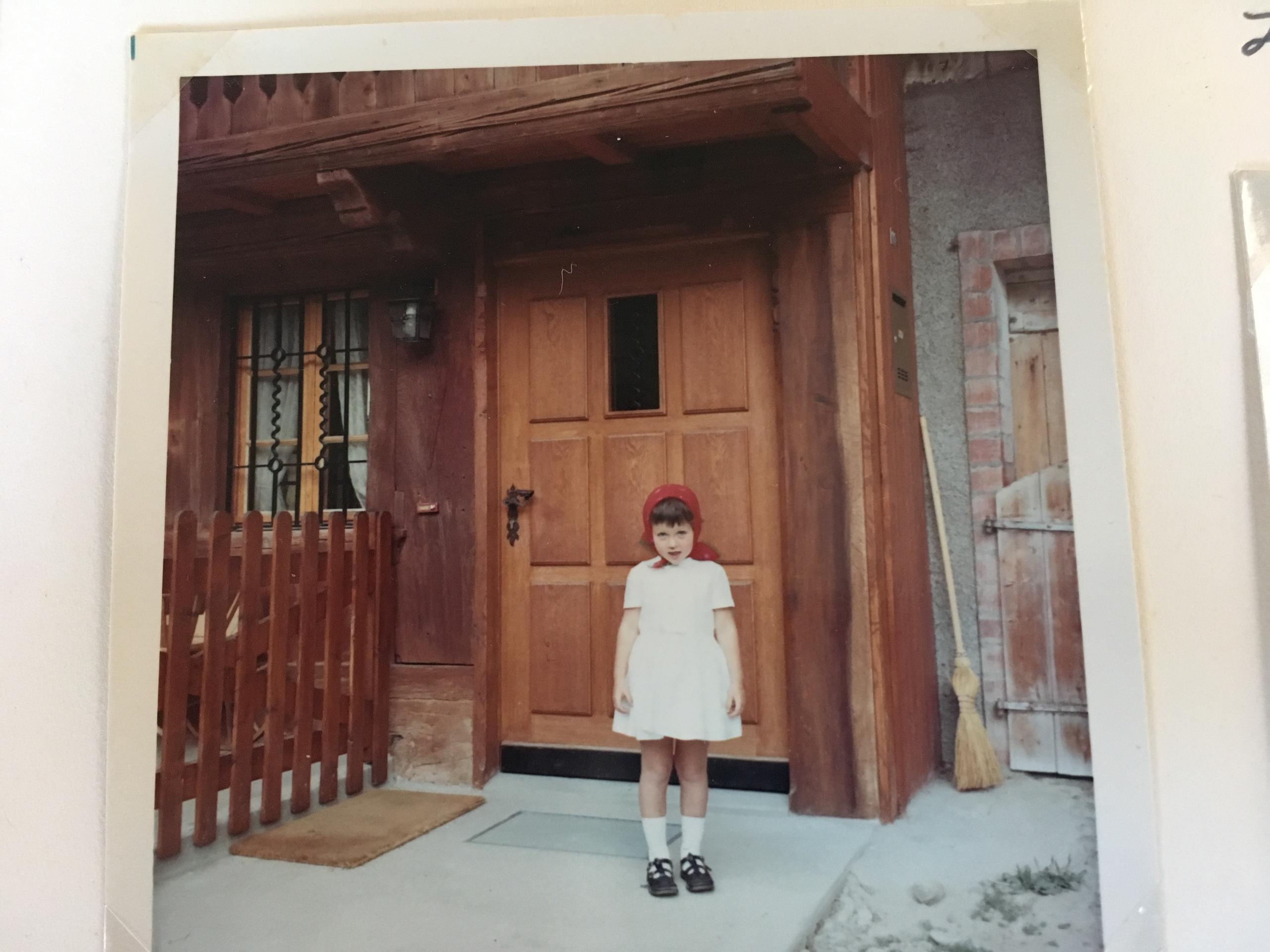
François regularly promised Claudia and her brother that they would inherit the family home in Küsnacht. But when the house did eventually come into his hands, he sold it to help finance his artist colony.
Her father also led her to believe that her Swiss citizenship had become null and void when she turned 18, as she hadn’t applied for a Swiss passport.
“When he passed away I was more into the legacy thing. I wasn’t left with much. That’s when I got more interested in pursuing citizenship. It was a result of that profound loss, losing all that world of my dad,” she says.
One day in 2004, she walked into the Swiss consulate and found out she still had citizenship.
“Trying on different identities”
As an artist living in Los AngelesExternal link, Claudia was working in sculpture, installation and performance art. Discovering she still had a connection to Switzerland seemed to open up new creative possibilities and another avenue to explore her identity.
After attending cultural events at the Swiss consulate in LA, she was invited to produce an installation for the consulate lobby. Still processing her father’s death, and inspired by a concurrent cultural initiative in LA called Pacific Standard Time that focused on history and ephemera, Claudia decided her installation would reflect her father and the Swiss artists he was connected to.
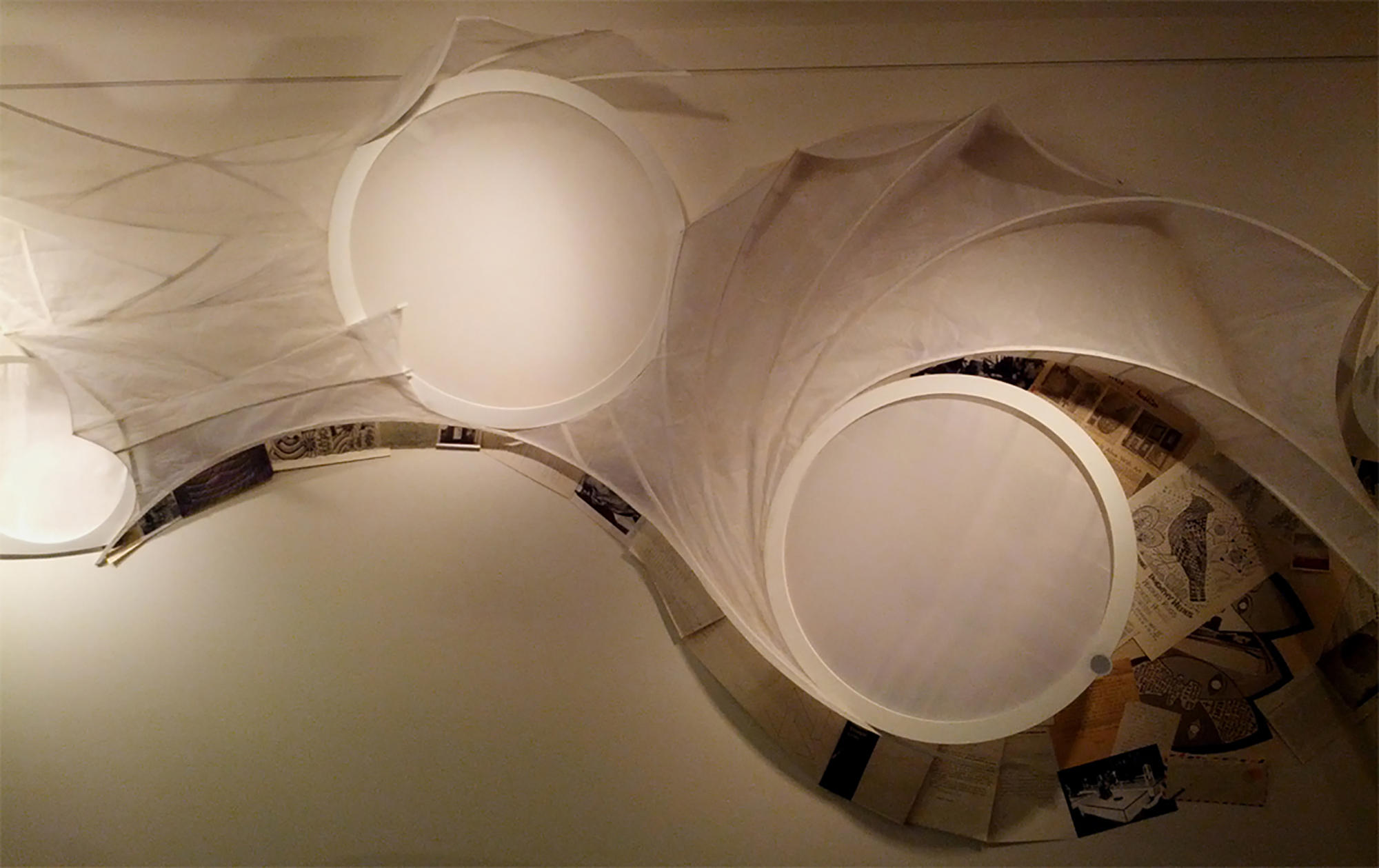
Around the same time, Claudia discovered she had other Swiss roots. Adopted by the Buchers as a child, she had been trying to piece together her identity for a while. Having reconnected with her birth mother, Claudia was able to find out through a relative that her biological great-grandfather was born in Schaffhausen in northern Switzerland close to the German border and had moved to the US as a child.
“I know I went through this phase, because of being an adoptee, of feeling ‘what is my identity in general’,” says Claudia. “I think that actually feeds into my performance and my art pieces. A lot of the projects I did were trying on different identities.”
“I do feel like I’m this melting pot of influences and inputs. But there is some percentage of me that is biologically Swiss. I guess I feel I was definitely imprinted. It was part of my upbringing. Throughout my childhood, there was the regular contact with Switzerland. Growing up with my father’s stories, there’s a cultural connection, it feels familiar.”
Today, Claudia hopes to be able to return to Switzerland as an adult and spend time there as an artist.
“I feel like I am coming from this place of trying to forge connections, because there’s all this disconnection going on; being given away, then my adoptive parents divorced, I still don’t know who my biological father is…”
“I still have part of me that is trying to put the past in place and put things right. I just feel like the relationship with Switzerland is this lost connection.”

More
Where do the Swiss go, when they live abroad?

In compliance with the JTI standards
More: SWI swissinfo.ch certified by the Journalism Trust Initiative

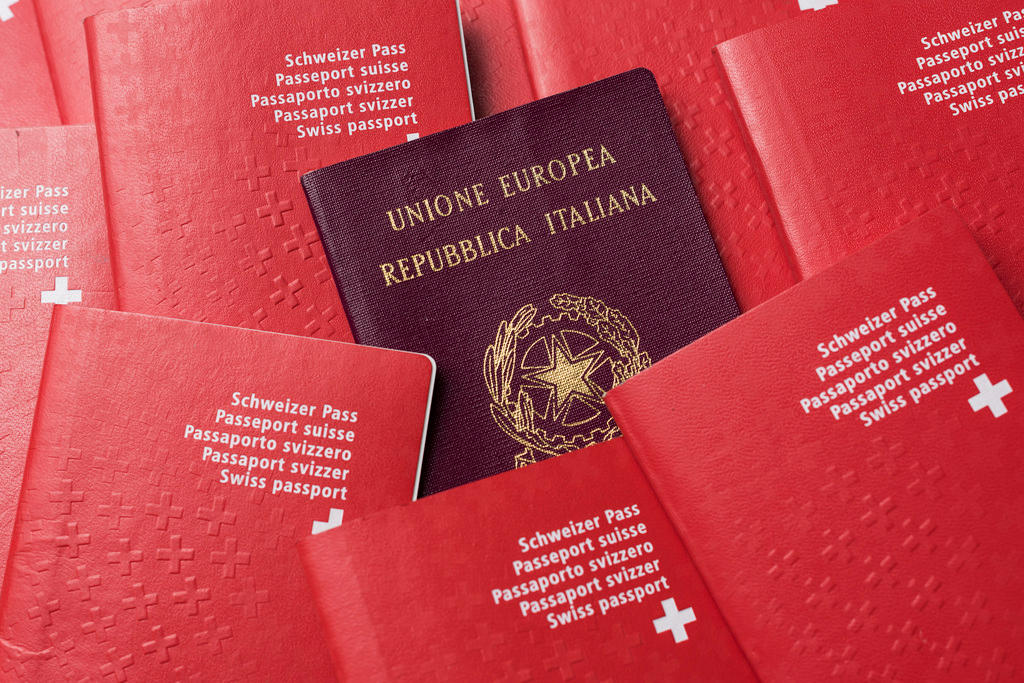
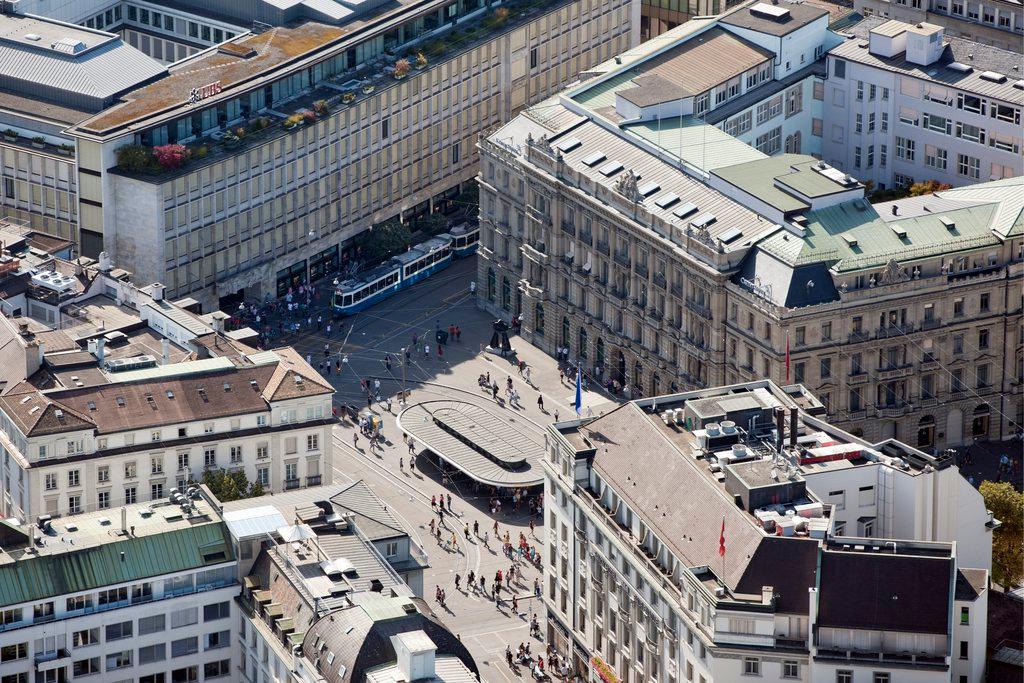
You can find an overview of ongoing debates with our journalists here. Please join us!
If you want to start a conversation about a topic raised in this article or want to report factual errors, email us at english@swissinfo.ch.